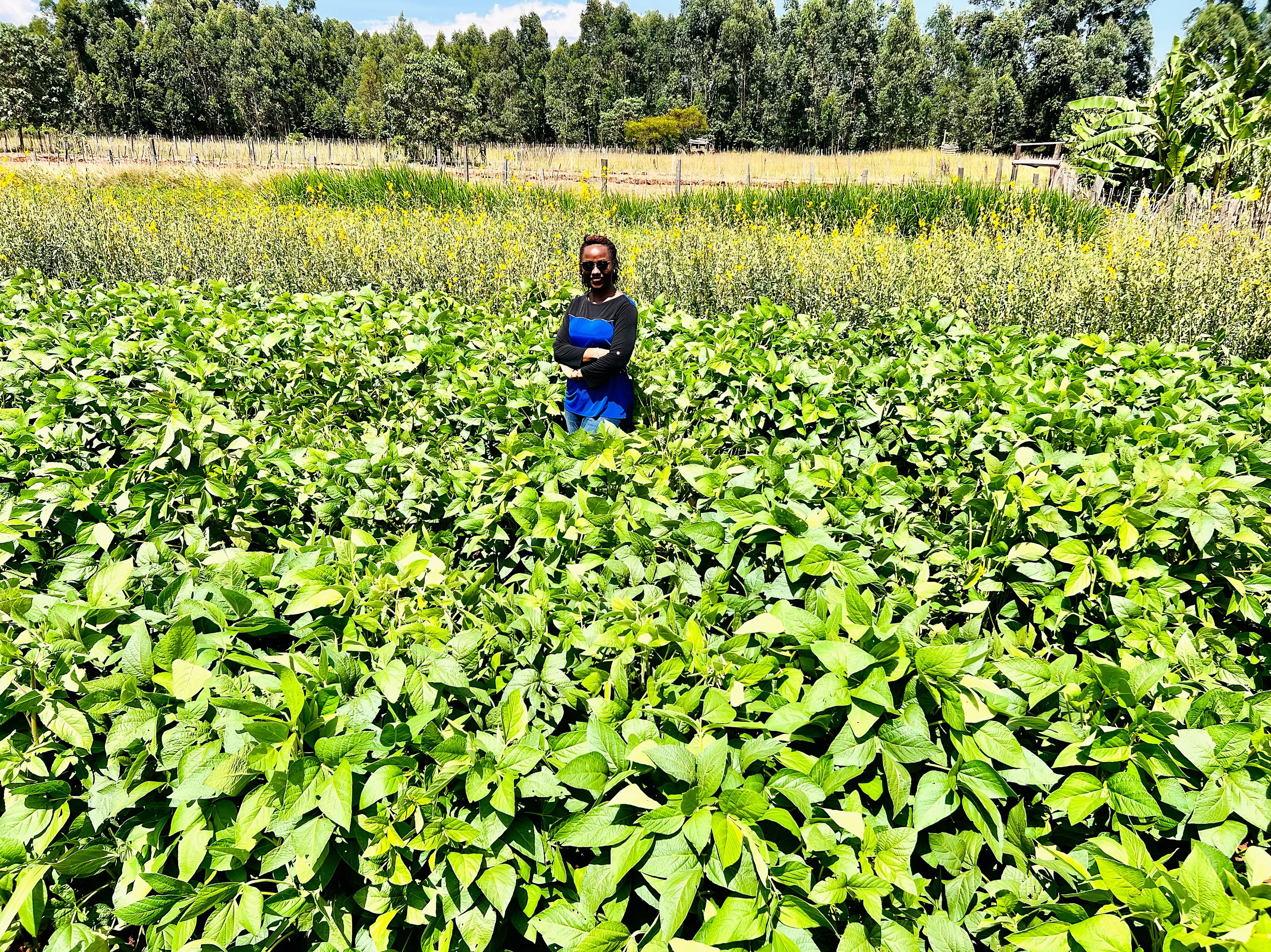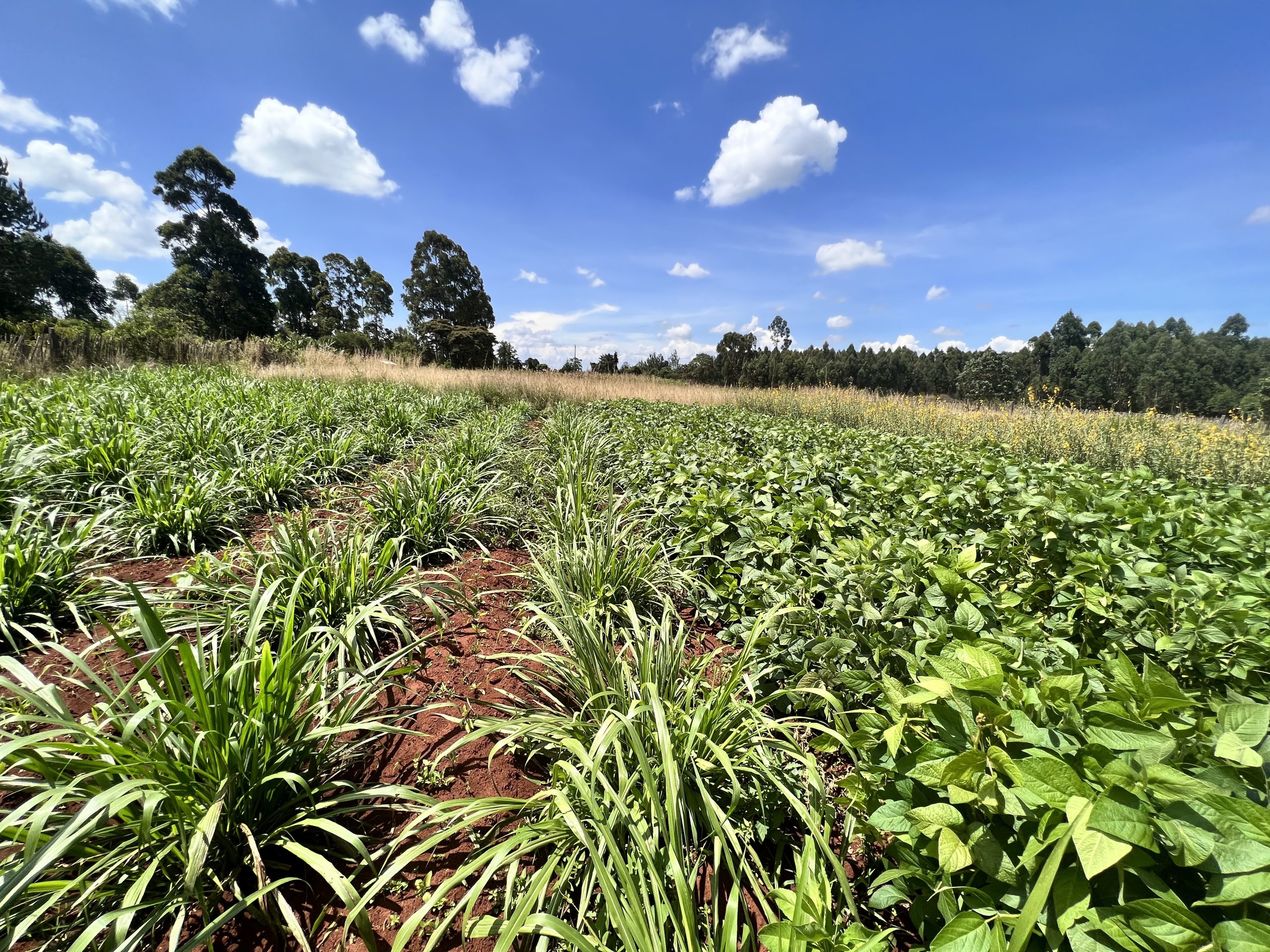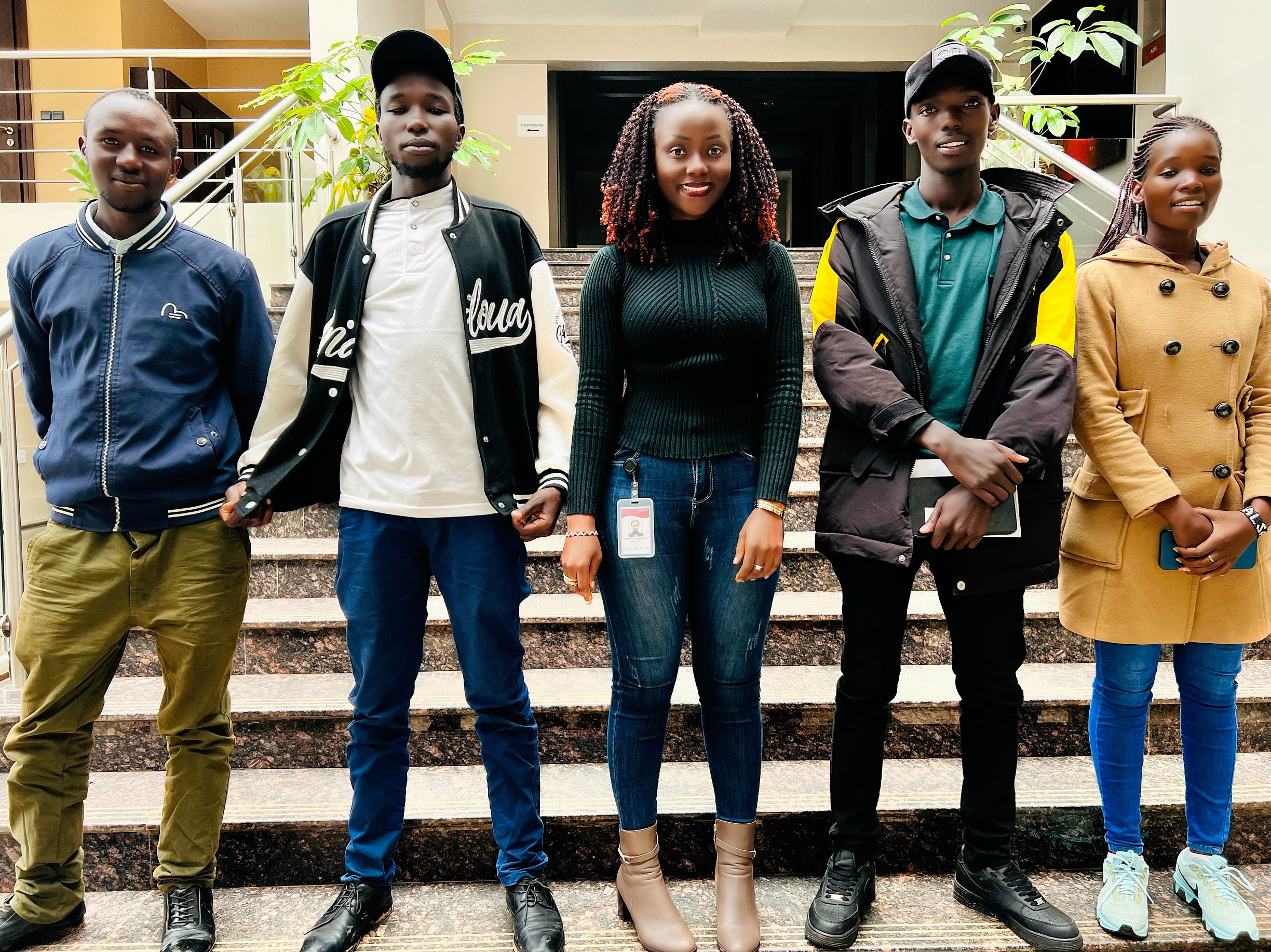Last Update 7/26/2024
Impact of Forages Africa
Forages are integral to reducing greenhouse gas (GHG) emissions in livestock systems by improving feed efficiency, enhancing soil carbon sequestration, and reducing methane emissions from enteric fermentation. High-quality forages enhance diet digestibility, which lowers methane production per unit of livestock product. Additionally, these forages contribute to soil carbon sequestration by increasing root biomass and soil organic matter. However, there is a lack of context-specific field data necessary to estimate the soil organic carbon sequestration potential of forages accurately. Such data is essential for calibrating and evaluating biophysical models, which can assess the role of forages in mitigating climate change through soil organic carbon sequestration. Furthermore, this data is essential for targeting forage species and varieties to specific geographies, landscapes and farming systems.
Our innovative approach
In Africa, our research is focused on quantifying the environmental co-benefits of forages. We conduct multi-locational trials across various climates and soil conditions to compare the performance of shallow versus deep-rooted forages. We supplement this with on-farm data from long-term forage cultivation sites. Using this data, we calibrate and evaluate the DSSAT perennial forage model to estimate the impact of integrating forages into livestock production systems on a wide scale.
Additionally, we use the LCA methodology, which accounts for GHG emissions (CO2, CH4, N2O) from forage cultivation, land-use changes, animal processes, and farm activities. This holistic approach highlights the environmental benefits of improved forages in reducing the carbon footprint of livestock systems. Incorporating measured carbon sequestration into LCA provides a comprehensive assessment of the environmental impact, recognizing the dual role of forages as both feed and significant contributors to carbon capture. This innovation addresses a critical gap in LCA studies, which often overlook the positive impacts of improved forage management and soil health practices. By integrating these factors, LCA better informs GHG mitigation strategies and sustainable agriculture, offering a thorough understanding of the environmental footprint of livestock production.
Outcomes / Outputs
We have mapped mixed-crop livestock systems in East Africa by combining climate and soil texture information to identify zones suitable for perennial forage cultivation. This mapping has led to the identification of two sites for trials comparing soil organic carbon (SOC) in shallow-rooted versus deep-rooted forages. Additionally, we conducted soil sampling in 65 paired plots in Western Kenya to compare SOC in forages grown for over five years with annual crops like maize.
In the coming year, we will set up multi-location researcher-led trials to monitor SOC. The DSSAT perennial forage model will be evaluated using data from past experiments and applied to large-scale assessments of SOC sequestration by forages.
Furthermore, we surveyed 96 small-scale dairy cattle farms in Kenya to estimate their carbon footprint using a farm-gate LCA approach. This survey aimed to identify GHG emission hotspots and improve productivity with better environmental performance. We will now collaborate with the dairy farmers to co-create feasible GHG mitigation strategies. These strategies will be modelled using LCA to assess their benefits compared to the baseline, including potential increases in milk yields and reductions in milk carbon footprints. Additionally, we will collect more activity data from Kenyan livestock systems through field surveys to enhance understanding of GHG emissions and propose effective mitigation options.
Future steps
The DSSAT model will be applied across LAC and SSA to determine potential SOC accumulation at regional level. Scenario analysis, a function of bio-physical and pasture management changes, will be informed by our participatory engagement with dairy and beef producers across the regions.
Contact
An Notenbaert
Forages Thematic Leader
Tropical Forages, Africa.
a.notenbaert@cgiar.org
Gallery
Publications
Tropical Grasslands
Greenhouse gas emissions measurement
Using genetic diversity in deep root systems
Tools
Tropical Grasslands - Forrajes Tropicales Online Journal
Tropical Forages: An Interactive Selection Tool
Cleaned

The Alliance of Bioversity International and CIAT is part of CGIAR, a global research partnership for a food-secure future.
Contact
Alliance of Bioversity International and CIAT
Latin American Hub
Palmira – Colombia
Address: Km 17 Recta Cali-Palmira
Phone: (+57) 6024450000













